nice words
7 Ways to Teach Your Child About “Safe” and “Unsafe” Touch
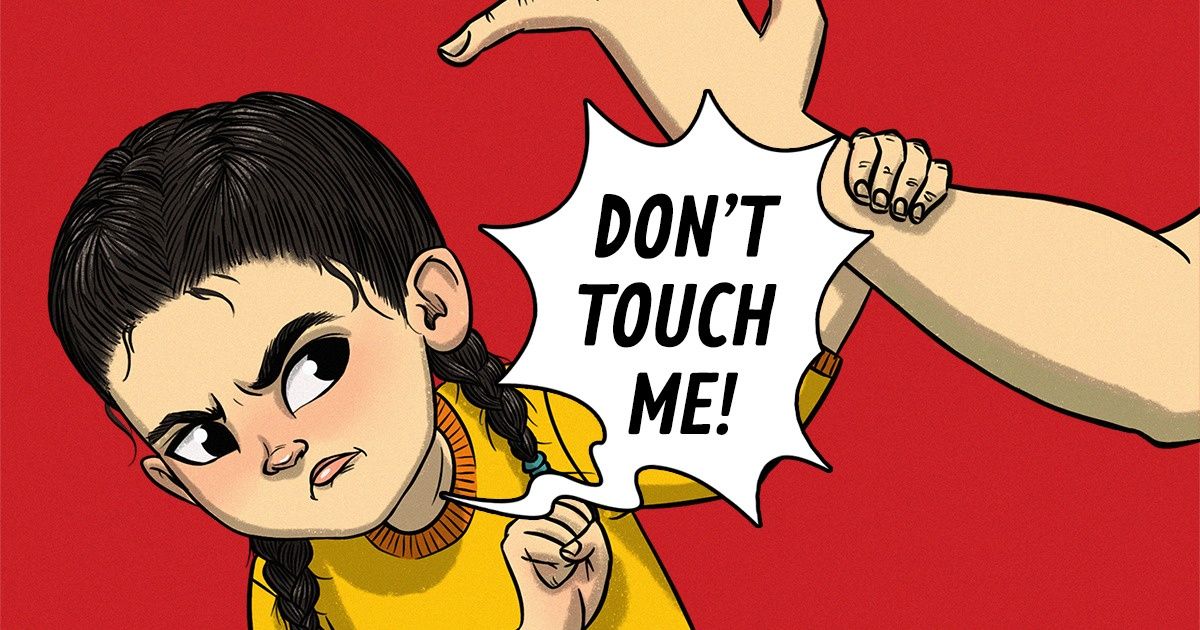
Teaching your children only about “stranger danger” may not be enough to keep them safe and away from child abusers. Even though most children as young as 4 years old understand the concept of unsafe and safe touch, getting into details without a plan can make things go sideways. If it’s not handled carefully it can confuse your kid and they might end up with more questions than answers. Once they learn about the difference, your kid will be able to react accordingly and inform you in time, before things go the wrong way.
We at Bright Side wanted to help you easily open up with your child and make this conversation more comfortable and successful, even if your kid is still young.
1. Talk to your child in a quiet place away from distractions.
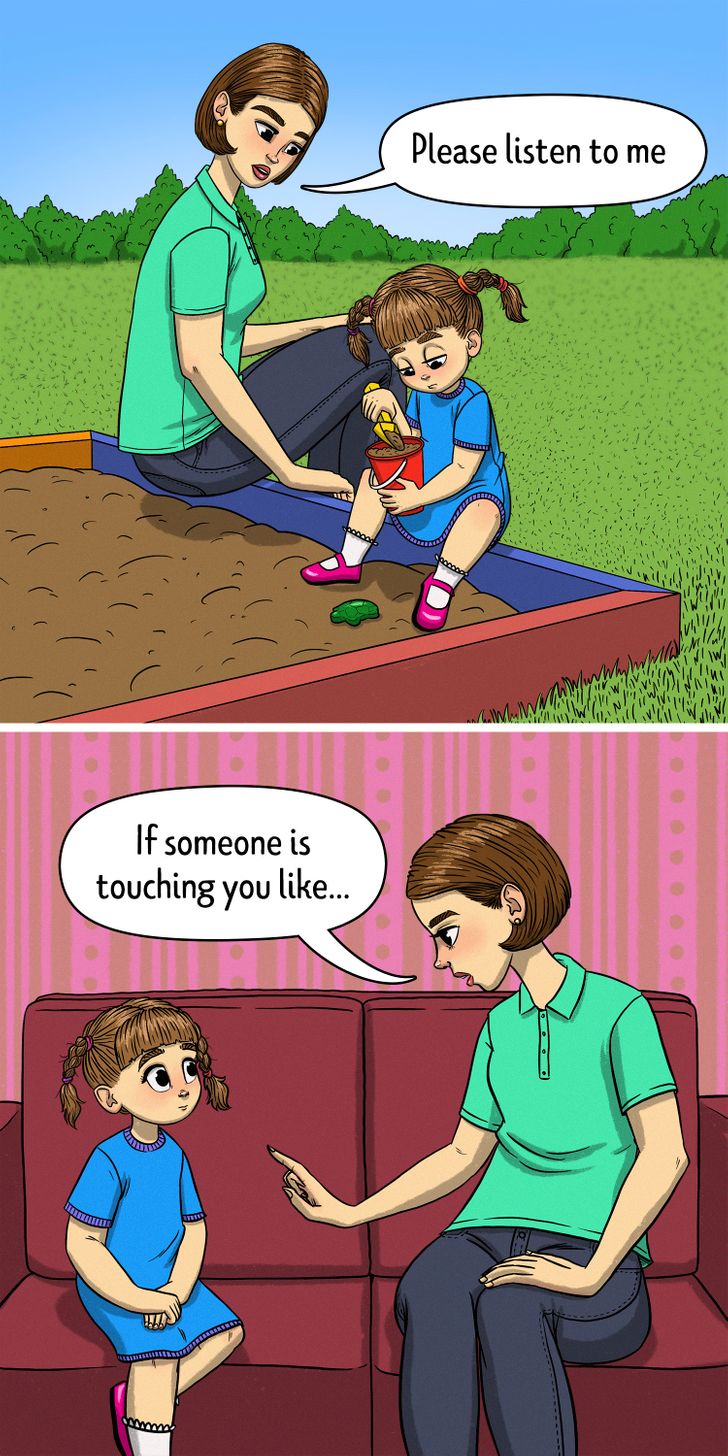
The first step is essential for this conversation to be successful and that is why It’s important that you also feel ready to talk about safe and unsafe touch, and not to force the subject. Start by choosing a quiet place where you can talk to your kid without being disturbed. Make the scene more comfortable by holding your kid’s hands, or sit together on the couch or floor.
Explain to your kid that it’s not ok:
- to touch someone else’s private parts
- for someone to touch his/her own private parts in front of you
- for someone to ask you to touch his/her private parts
- for someone to ask you to take your clothes off or take videos or photos while naked
- for someone to show you videos or photos of naked people
2. Let them compare safe and unsafe touch.
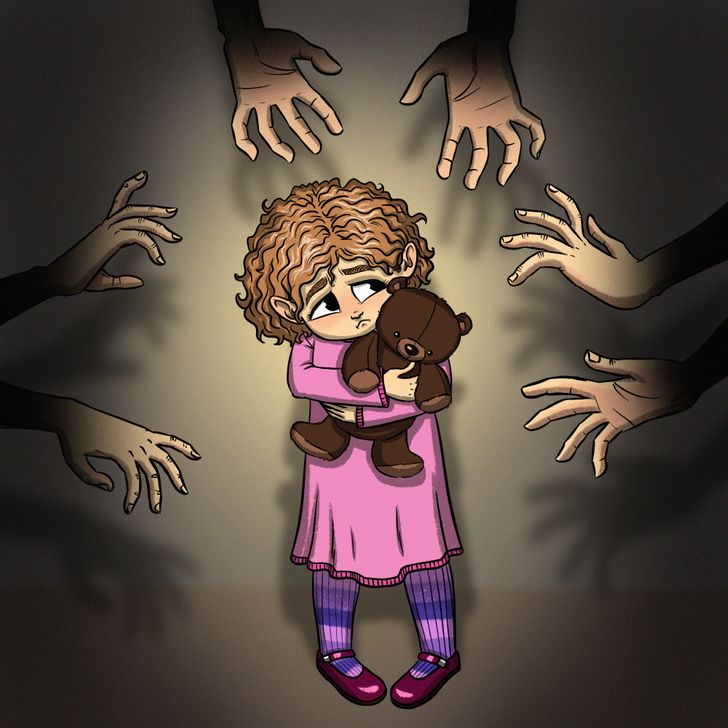
After you’ve had your first talk, it’s time to let your kid explain to you what unsafe and safe touch means. In this way, you’ll be aware of how much your kid learned and understood from your last conversation. Stay engaged and ask for an example of both types of touch. You can also do a role-play and ask your kid, “What would you do if...?” or “Who will you tell about...?” and so on. Your kid should understand that a handshake, a hug from someone you trust, pats on the back, and an arm around your shoulder are safe.
However, an unsafe touch is if:
- someone threatens to hurt you if you speak about the situation
- someone asks you not to tell anyone
- someone forces you to touch her/him
- the touch makes you nervous and scared
- a person touches you and this makes you uncomfortable
- a person touches you on your body where you don’t like to be touched
- it hurts you
3. Explain that even a safe touch can sometimes hurt.
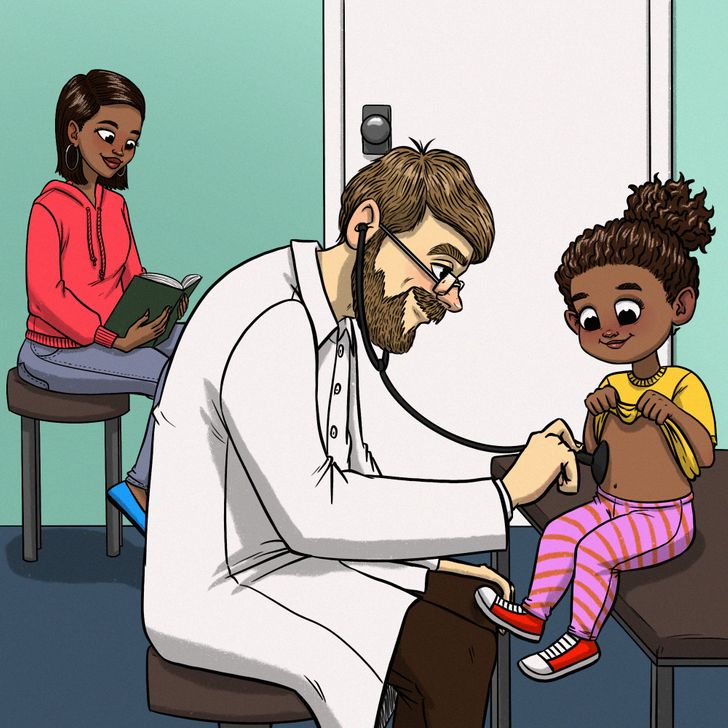
Young children can often have mixed feelings and describe a safe touch as an unsafe one. This usually happens when they feel pain or when they get touched by a doctor, who for them is a stranger. Use an example like removing a splinter, it can hurt, but doing it will keep them healthy and it’s considered a safe touch.
The key here is to explain to your child that their doctor will sometimes need to touch their private parts in order to complete their check-up. Of course, tell your kid that you’ll always be there to make sure everything is ok.
4. Use bikinis to explain private parts

Many of you probably avoid the topic of body parts and intercourse with your child, thinking that your kid is still too young, but this is why offenders have the advantage. You should be open with your kid and talk about age-appropriate intimate acts and discuss private parts with respect. Being closed off from this topic and being protective over it can give your kid the wrong signal and idea. Even if your children have experienced something inappropriate, they won’t open up thinking that talking about intimate parts can get them in trouble or that you will get mad.
If you don’t feel comfortable talking about the names of the intimate body parts use a bikini as an example. Explain that touching a part of the body that a bikini covers is considered an unsafe touch. This will give them a good visual perspective without you having to use the proper names.
5. Explain that unsafe touch is not a “secret.”
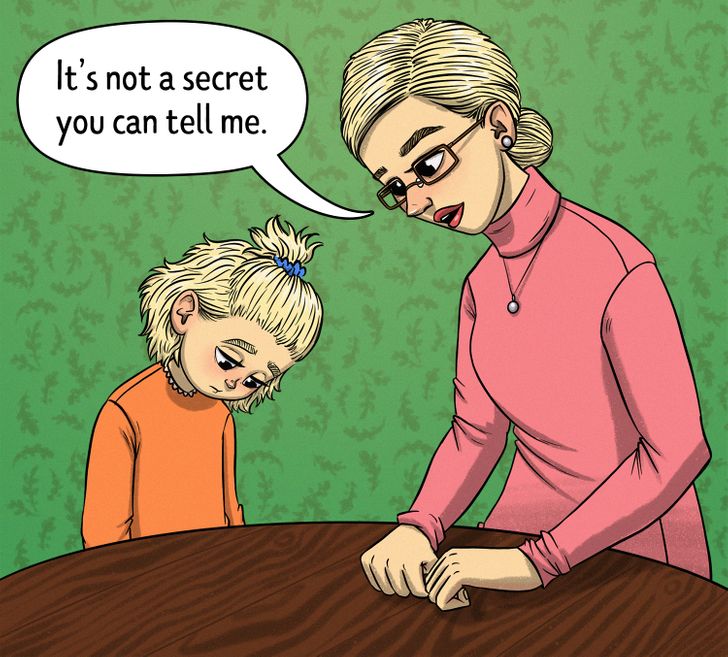
Most child abusers will tell the abused child to keep the situation a secret and, in most cases, kids listen to this because they think it’s their fault, or they are afraid of the abuser. Explain to your kids that if someone says to keep the unsafe touching a secret, they have to tell you immediately or tell someone your kids know and can truly trust. Here, it’s important to give them examples to make them feel more empowered and act, when necessary, and to make it simpler you can practice role-playing for this step too.
6. Tell them that they have the right to say “no.”
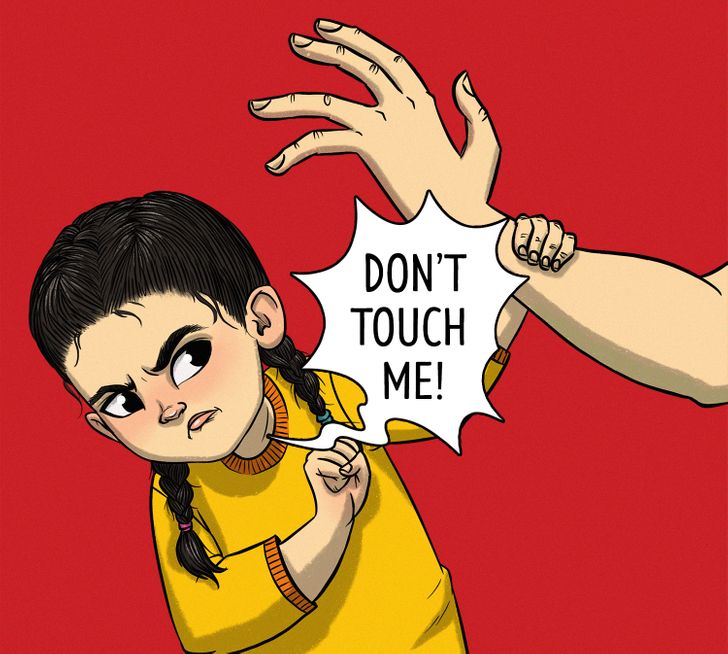
About 70% of abuse cases happen with an abuser that the child knew and trusted. That is why an inappropriate touch, even by a friend or trusted relative, can become confusing for a child. After all, you have been teaching them to trust those people and the sudden change of action can make them feel not only confused but scared and conflicted.
This is why you should tell your kids that they have the full right to say and even scream NO! to any type of unsafe touch. Always reinforce this idea, tell them that they own their body and they can do anything to protect it.
Your child has the right to:
- Say no and tell someone that you don’t want and that you don’t like being touched
- Run away immediately from the abusive person who has been touching you. Never again be alone with that person.
- Call out for help, and even scream
- Believe in yourself, it’s not your fault and you didn’t do anything wrong
7. Get your children to name a few people they can talk to if someone is touching them.
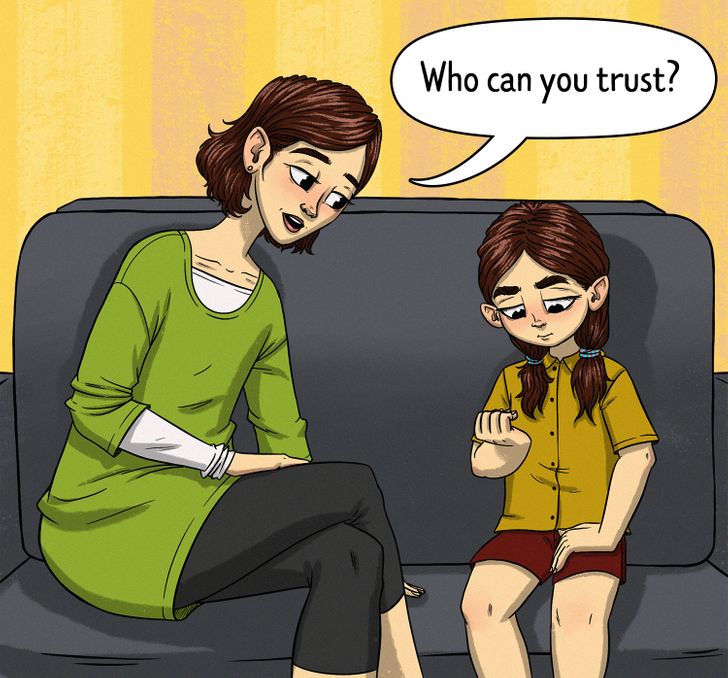
Get your kids to name at least 5 people who they think they can trust in case of abuse. Someone your child can run to when a person is practicing unsafe touch. If they can’t think of someone, then help them to do so. Also, remind your kids that they should keep telling people about the situation until someone takes action and helps them, and to never give up.
Have you had this talk with your kid? How old were they? Do you have your own way of approaching your child about this topic?
Comments
yeah dont tuch me
If someone tried to touch my butt I'd bite his fingers off.
I won’t hurt you
Related Reads
My Mom Ignored Me for Years, Then Suddenly Begged Me for Help

I Refuse to Let My MIL See My Kids After She Crossed a Serious Line
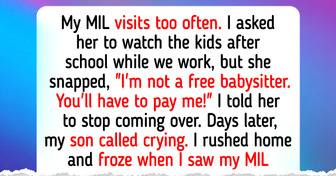
15 Stories That Prove a Small Spark of Kindness Can Light Up a Fading Soul

My BFF Invited Me to Her Baby Shower, It Turned Into My Worst Nightmare

13 Stories That Show the Softest People Have the Strongest Hearts

I Refuse to Keep Paying for “Family Trips” I Never Get to Go On
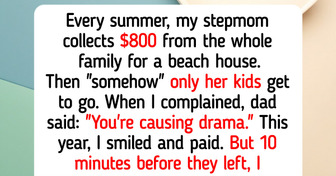
16 Moments That Remind Us to Stay Kind Even If the World Turns Ice Cold
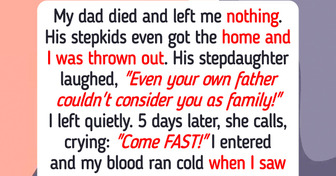
My MIL Rearranged My House While I Was at Work—So I Made My Own Move
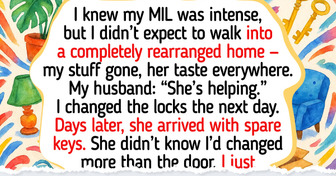
I Was Shamed for Being a Single Mom — but My Little Girl, 6, Had the Last Word

I Refuse to Walk My Daughter Down the Aisle With the Man Who Ruined Our Family

I Refuse to Let My Sick MIL Live With Us—I’m Not Her Free Caregiver

12 Stories That Capture the Bittersweet Beauty of Blended Families
